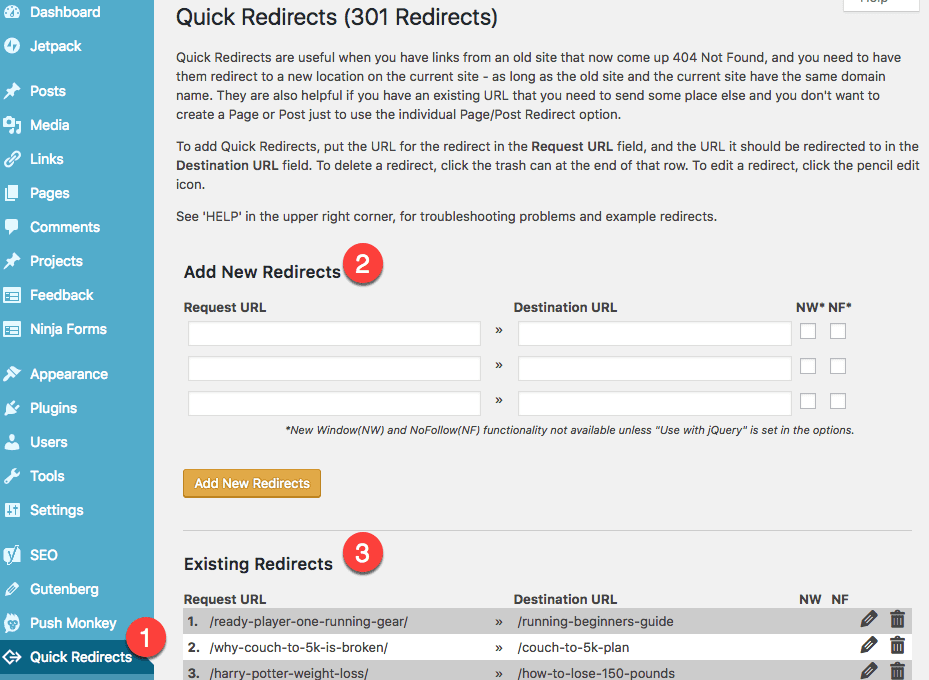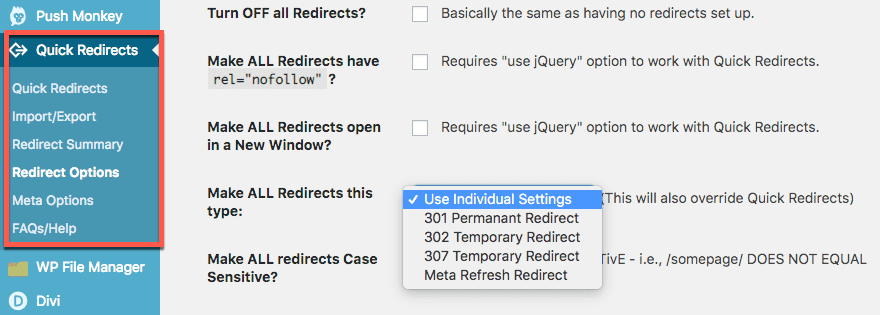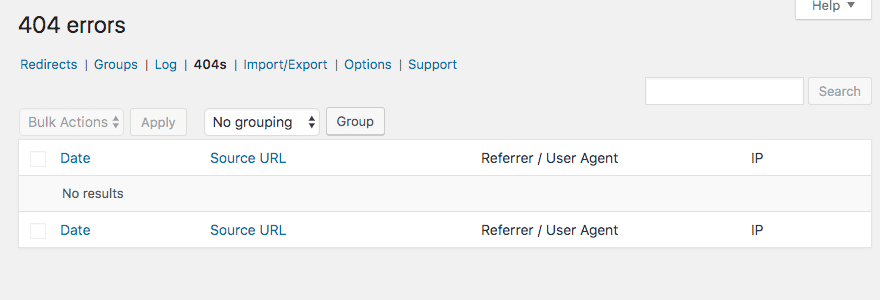You may want to setup a redirect to your WordPress blog for a variety of reasons. You could want to change the structure of your permalinks, delete an older page or post, and perhaps create a new blog entry to replace an older one. Whatever your reason, creating a redirect is the recommended approach in these situations so that your guests don’t get a 404 page error while trying to see your material at the previous link. If it is your initial time hearing about this recommend practice, you should check Google’s Search Console to see whether your website already had 404 issues that need to be fix. The good news is that, whether you’ve previously encountered 404 issues or simply wish to prevent them in the long – run..
The Cyber Monday sale has officially begun! For a very limited time, Divi are offering our biggest discount of all time plus free bonus gifts and exclusive perks...and that's just the beginning! Once Cyber Monday is over, this crazy deal won't be back until next year Divi Theme Discount today!
What is a WordPress Redirect, and how does it work?
It was a web redirect, not only a WordPress redirect, that notifies browsers if X URL is no longer available and that they need to go to Y URL instead. URL redirection done in a similar fashion if your website is built with Wix, Drupal, or plain old HTML. It doesn’t matter whatever platform you’re using.
Let’s start with redirects, which come in a variety of shapes and sizes, each with its unique numerical code. The 301 and 302, that we will discuss today, are the two most popular.
A 301 redirect is a permanent redirect. These are use when you want to make permanent changes to URLs or site structures. The SEO strength and ranking of the old link are transferr it to a new one. The old URL becomes the new one for all kinds of reasons.
302 – This is a one-time redirect. When you really need a quick change, you use these. Perhaps a site revamp or a glitch or bug correction. There is no link juice or ranking transfer.
There are also redirects for 300, 303, 304, 307, and 308 numbers. However, those are kept for extremely rare circumstances involving particular POST and GET operations that the vast majority of us do not require. If you’re interest in learning more about redirects, the Moz Developer Network provides some excellent information. However, you’ll primarily utilize 301 with the occasionally 302 within your WordPress redirect.
Using a Plugin to Create a WordPress Redirect
Don’t worry when you don’t know how to change the.htaccess file for a WordPress redirect. You are not obligated to do so. There’s a wordpress plugin for that because you’re running WordPress. WordPress, of course. One of the most popular is Quick Page/Post Redirect, which works flawlessly straight out of the box.
It’s as simple as that to set up your redirects. Quick Redirects adds an additional item named Quick Redirects to your admin panel once it is activated. A 301 redirect is perhaps the most popular sort of WordPress redirect, and it’s easy to set up by just entering the origin and the destination URLs into the a number of fields. Once you’ve clicked the save button, you’re done.

You’ll also see a list of your current redirects (notice that the ones I’ve used in the image above all are relative paths, not with a new domain, but that’s also possible). When you no longer require the redirect, you may delete it with a single click or update it for a variety of reasons.
Furthermore, if you check at the Redirect Options, you’ll notice that there are an absurd number of options, such as making rules applied to each of your redirects and enabling options which work with meta box and custom post types, among other things. There’s a lot to tinker with.

Another Choice
Before moving to Quick Redirects, I utilized the Redirection wordpress plugin because it enables for 404 page tracking. You can check what pages are lost, then create a WordPress redirection rule to send visitors to a useful page.

I switched to the other plugin since I began tracking 404 errors through Google Search Console and chose to go with a more straightforward approach. Redirection is a good option if you really want in both your wordpress dashboard.
Conclusion
When your website has relocated to a different location, you’re updating your permalink website structure, or a WP update damaged everything and you’re beginning from scratch…
A working understanding about how to set it up a WordPress redirect comes in helpful. Don’t be alarm. Start experimenting to see what works the best for you. Only with a few clicks, you might even be able to increase your rankings and SEO.






0 Comments